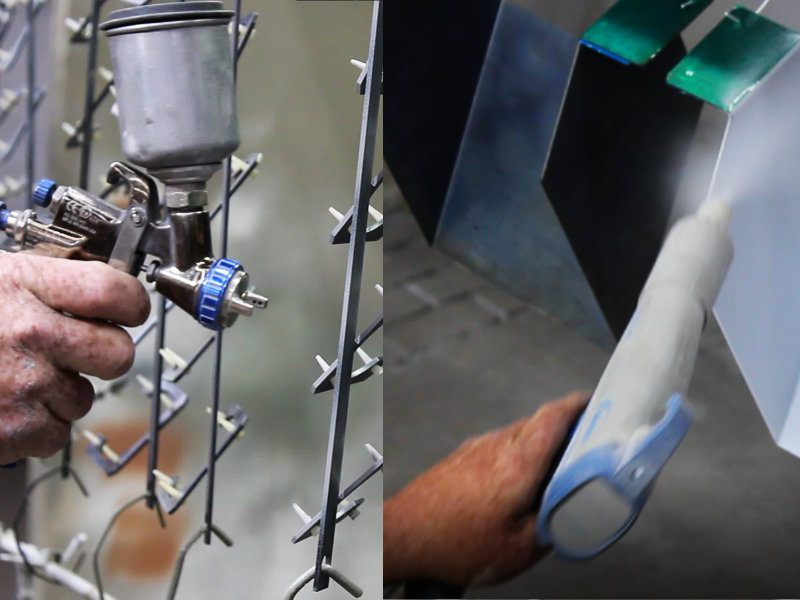Metal thickness is a critical factor in all manufacturing processes. It is a key determinant in almost all metal forming processes, from welding and fabrication to finishing.
The thickness of any metal mainly depends on its application. The thickest sheet metal out to have a 6mm thickness, with the thinnest having around 0.5mm. This article takes you through the process of sheet metal thinning, how it happens, and what determines the thickness of sheet metal. Read on!
Sheet Metal Thinning Processes
Thinning is the process of reducing sheet metal to get the desired size. Thinning helps transform sheet metal to the eventual size needed for use. While the lower end of sheet metal thickness is 0.5 mm, it can still be reduced further to form metal foil.
Metal foil is the thinnest level that sheet metal can get. The process of reducing sheet metal is complex and can be performed in the following ways;
Cold and Hot Rolling
Rolling may be used to reduce sheet metal thickness as well as to make it more uniform. In the rolling process, sheet metal passes through a set of rolls to gain the desired thickness.
This process depends on the temperature levels applied. In hot rolling, a temperature of about 1400F is used for steel. This temperature is enough to reduce sheet metal up to 1/16th of an inch.
In the mills, rollers are used to reduce the metal thickness while at the same time, extending its overall length, to achieve roughly the final thickness. Temperature plays a vital part in the rolling processes. It determines the surface finish quality alongside sheet thickness.
Cold rolling is ideal for the formation of sheet metal for precision applications. The majority of metalworkers prefer using cold-rolled steels because it’s easy to control over the final dimensions. In hot rolling, the steel shrinks slightly after cooling, and its shape might change.
Ironing
Ironing is another metal thinning process used to reduce thickness in certain areas rather than the whole sheet metal. It helps achieve a uniform wall thickness for precision manufacturing.
Ironing is another essential process in the manufacture of soda cans. The can walls have to be thinned to a stipulated thickness. Usually, ironing occurs in 2 or 3 processes, whereby different dies are used to form the preferred thickness of soda cans. This process may be undertaken in combination with deep drawing.
Deep Drawing
This metal forming process uses circular tension-tangential compression to decrease sheet metal size and shape. Deep drawing converts flat sheet metal into either hollow box-shaped or cylindrical or vessels. The vessels may have straight or elongated sides or a combination of curved, tapered, and straight sides.
The formed vessel diameter is reduced through a series of dies and, at the same time, increase its length. This happens with insignificant variation to the wall thickness.
Why Thin Sheet Metal?
This sheet metal has various purposes and is more than the toughness and long life expectancy. It is a significant asset in all industrial applications and a natural choice for many applications.
Thin sheet metal is long lasting and offers permanent solutions to almost everything. Also, the majority of sheet metal products are maintenance-free, unlike metal plates that demand extra maintenance through welding.
Choosing Your Ultimate Metal Fabrication Experts
Are you looking forward to the next metal fabrication project? If yes, having the right people for the job is critical. Remember, metal forming is an intricate process that demands professional input.
Get in touch with our metal fabrication experts today, and we’ll make your project a success.




